You’ve heard me deliberate about how significant lighting in photography is, but do you really know the reason why? You may know that gaining enough light is essential, but there is a lot more to the story.
First we have direct light. This is from the sun or a strong, bright source. Then we have reflected light. This is from a surface where the light bounces from one place to another. Both look entirely different.
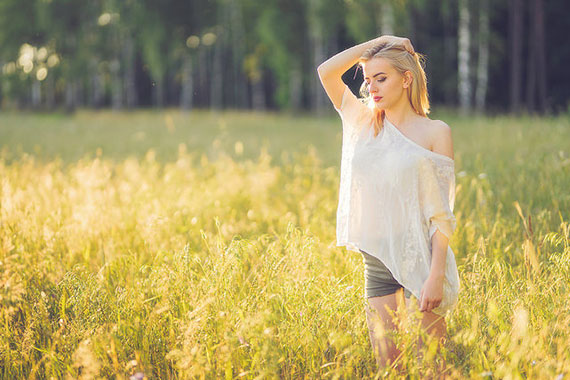
photo by Sebastian Juśko
In order to get high-quality pictures, you need the right lighting. You don’t just need sufficient lighting, but you need the right light to help capture the narrative for your image. The temperature, the intensity, and whether it’s soft or hard light play a crucial role in your photography.
Let’s look at the four primary aspects to consider when examining your light:
- Intensity (intensity usually comes from how strong it is)
- Angle (what angle it is coming from)
- Hard or Soft (how much difference between bright and shadow)
- Warmth or Coolness (colour)
Digital Photography Lighting Techniques
I can tell you how to increase the lighting on something in a certain way, but that doesn’t genuinely show you anything about how to really master your own sense of observation. I was compelled to write this tutorial when someone emailed me last week. She inquired, “I have to photograph my grandchildren, and I want to know what settings to use, can you help out?” I was sad to read this, as she had missed what photography is all about.
Photography is not completely about settings. Let me repeat that. Photography is not totally about settings. We need the settings, sure, but the story goes deeper than that.
As photographers, we use lighting to express emotion. If we want a photo to convey a feeling of romance and an engaging mood, we might use a yellowy-orange light. If we want to convey a problematic, tough, and challenging story, then we might use hard light with deep shadows. This creates intense contrast. It’s the way you utilize light that matters.
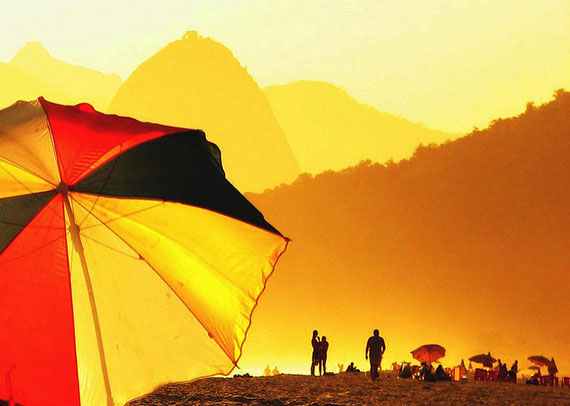
Photo by Neusa Quaresma; ISO 50, f/3.5, 1/800-second exposure.
Light has an intense impact on how we emotionally understand what’s going on in the photo. There are certain things you can achieve to enrich your story such as using the flash, not shooting with the flash, or using window light instead and making use of different temperatures of daylight.
Let’s look at what particular types of light tell us.
Low Light Photography Without Flash
Many photos that have low light (dim and soft light with no strong shadows) have been used in stories that represent sadness, bereavement, secrets, or even intimacy. Lighting like this can reflect introversion of some sort.
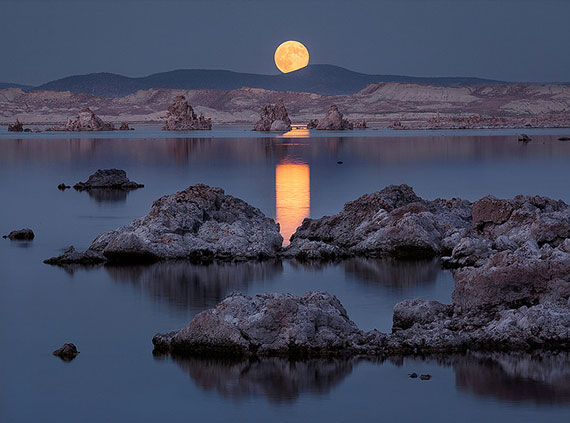
Photo by ™ Pacheco
Artificial Light Photography
Artificial light may come in the form of uninterrupted light, like lights in a photography studio. This light is often used to reproduce daylight conditions. Brilliant, white light can stand for optimism, pleasure, sociability, and energy. Flash is also artificial light. Depending on how you utilise this light (i.e. the direction and angle you fire it from) you can recreate these feelings.
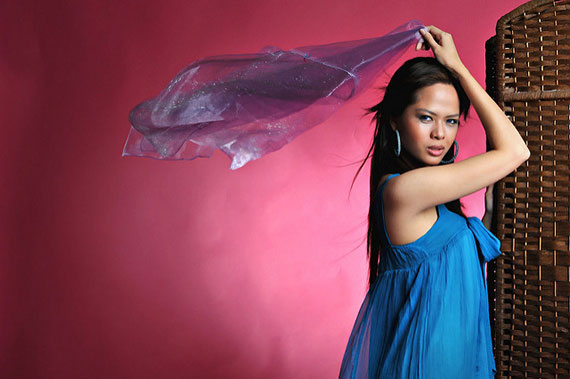
Photo by Baba G
Morning Light Photography
Morning light is generally soft and doesn’t have as much brightness as the light we see at high noon. It appears warmer in photographs. Keep in mind that the seasons play a crucial function in the intensity of light as well. On a bright day in the summer season the light is very intense and very white. This means that there may well be a lot of contrast in your scenes, such as vivid areas and deep shadows. This might be suitable if you want to include shadowed areas to tell your story.
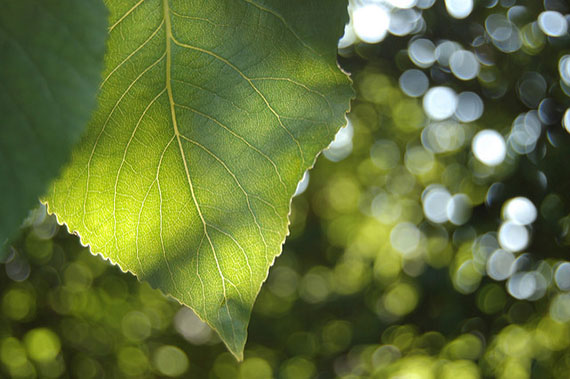
Photo by Sam; ISO 200, f/5.6, 1/80-second exposure.
Dramatic Lighting Photography
Dramatic lighting usually relies upon intense light and deep shadow. This is a high contrast situation where the light creates and impacts the mood. It is also very dependent on the number of light sources and at what position the light is coming from. If you place one light source next to a person’s face, you can produce a lot of hard shadows across the face. This will generate a very different feeling from a softly lit portrait at sunset.
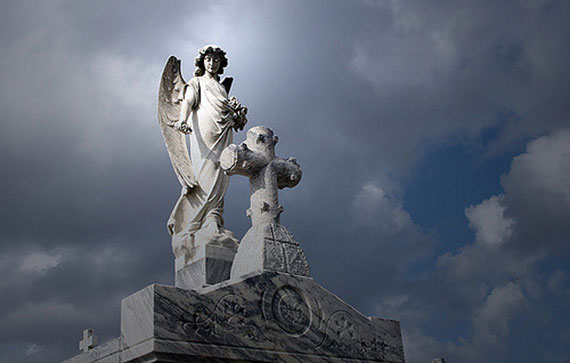
Photo by casch52; ISO 100, f/10.0, 1/250-second exposure.
Hard Light Photography
Using hard light can capture many intense areas and dark shadowed areas that can be employed to tell us a story, just as dim light can. You can use this kind of light to enhance quietness, secrets, and desolation. Alternatively, you may want to photograph a black and white portrait with strong shadowed areas in the background and keep your subject well lit. This style will mean that that there might be another facet to the subject’s life or situation.
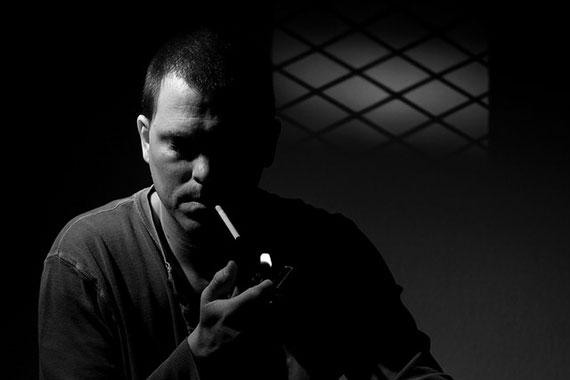
Photo by Wil C. Fry; ISO 200, f/5.6, 1/200-second exposure.
Lighting is not just about better exposure; it’s about mood and feeling. As you understand light you can then move forward and capture many different types of moods for your shots. When you take pictures of a similar thing with changed light, that thing takes on an entirely different emotion. The way you feel about it alters, and that’s the strength of photography.
This is why photography is not just about settings. It’s about creating powerful, emotive pictures. You use settings like aperture and shutter speed to have power over the light. You control the light to direct the emotion and story.
Start examining lighting today. Look at the lighting you see right now and ask yourself about its qualities. Awareness of lighting will change your photography for the better.
About the Author:
Amy Renfrey writes for DigitalPhotographySuccess. She’s photographed many things from famous musicians (Drummers for Prince and Anastasia) to weddings and portraits of babies. Amy also teaches photography online to her students.
Like This Article?
Don't Miss The Next One!
Join over 100,000 photographers of all experience levels who receive our free photography tips and articles to stay current:


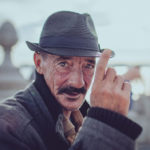
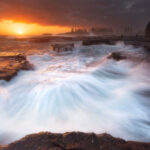
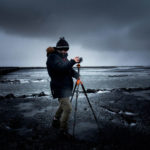

I have never had any training in photography yet I have been in the beauty and fashion industry for many years. I am a career veteran on many productions and events working with some of the super stars in the industry. With that being said I have watched from the side lines behind the scenes which I believe is a true lesson in how to approach taking my own photographs. I am enlighten to read your material on different subjects in photography and truly believe as in you do it is much more than lighting and equipment.
I believe many pictures reflect true emotion added with a story that not only can be captured in an object but in the eyes of the subject.
I thoroughly enjoyed the information I have come across and look forward to continued related postings!!
Thank you, for your candid and informative writings it makes my goal of becoming a good photographer a reality. Lebec